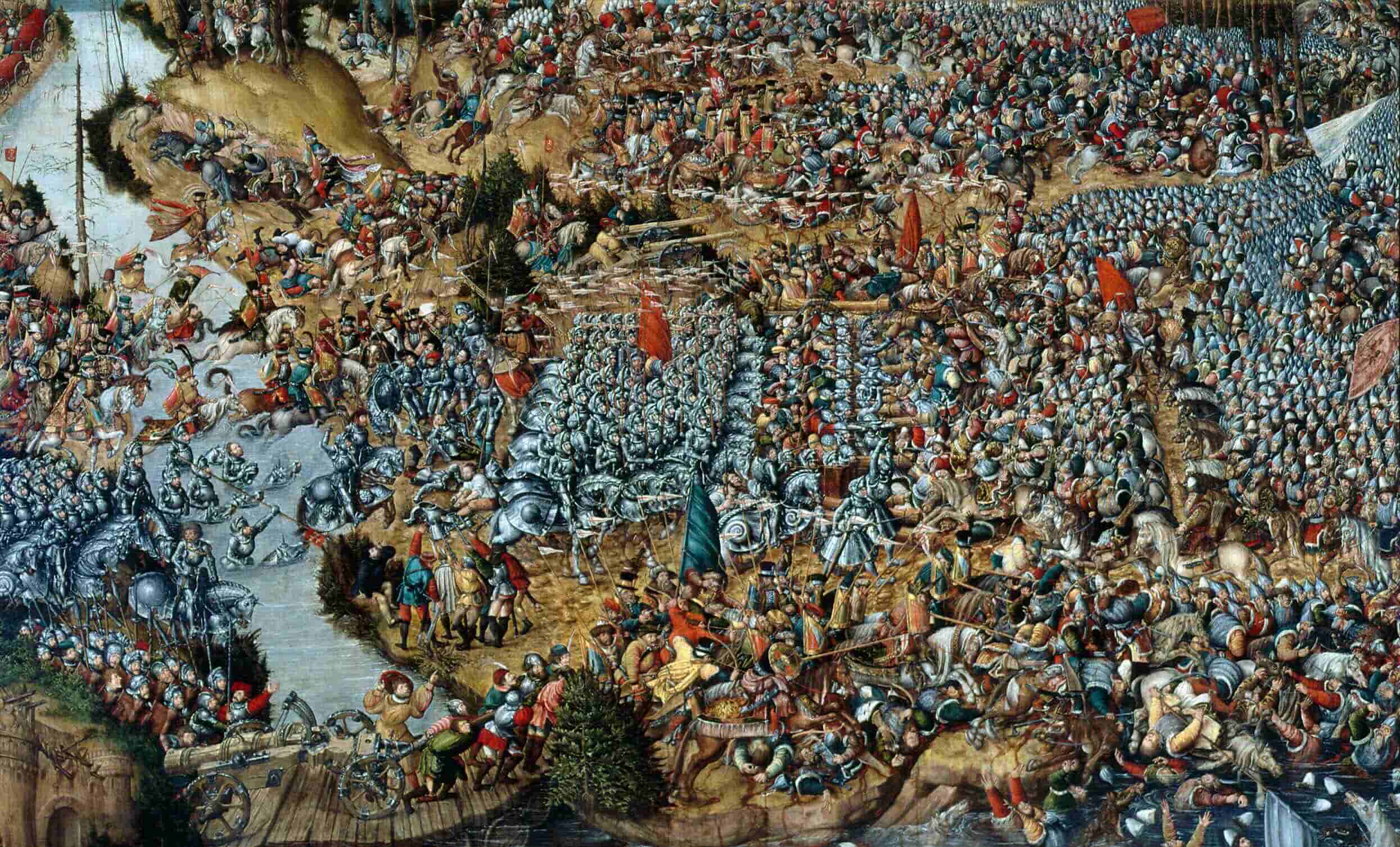
The Second Muscovite–Lithuanian War was a significant conflict that took place from 1500 to 1503. This war was fought between the Grand Duchy of Lithuania and the Grand Duchy of Moscow. Why did this war happen? The primary reason was territorial disputes. Both powers wanted control over the same regions, leading to intense battles. The war ended with the Treaty of Moscow in 1503, which resulted in significant territorial changes. This conflict had lasting impacts on the political landscape of Eastern Europe. Curious about the key events, major battles, and outcomes of this war? Keep reading to uncover 25 fascinating facts about this historical clash.
Key Takeaways:
- The Second Muscovite–Lithuanian War, fought over territory and power, shaped the history and identities of Lithuania and Moscow, leading to significant territorial changes and diplomatic tensions.
- This war, with its battles and treaties, not only impacted the military and politics but also influenced culture, technology, and future conflicts in Eastern Europe.
Background of the Second Muscovite–Lithuanian War
The Second Muscovite–Lithuanian War was a significant conflict between the Grand Duchy of Lithuania and the Grand Duchy of Moscow. This war, which took place in the early 16th century, had far-reaching consequences for both regions.
- The war began in 1500 and lasted until 1503.
- It was primarily fought over territorial disputes and control of key regions.
- The conflict was part of a series of wars between Lithuania and Moscow, known as the Muscovite–Lithuanian Wars.
Key Players in the War
Understanding the main figures involved in the war helps to grasp the motivations and strategies employed during the conflict.
- Ivan III, also known as Ivan the Great, was the ruler of Moscow during the war.
- Alexander Jagiellon, the Grand Duke of Lithuania, led the Lithuanian forces.
- The war saw the involvement of various noble families and military leaders from both sides.
Major Battles and Events
Several significant battles and events shaped the course of the Second Muscovite–Lithuanian War.
- The Battle of Vedrosha in 1500 was a decisive victory for Moscow.
- The Siege of Smolensk in 1502 was a critical event, with Moscow attempting to capture the strategic city.
- The Treaty of Moscow in 1503 marked the end of the war, with significant territorial changes.
Impact on Lithuania and Moscow
The war had lasting effects on both the Grand Duchy of Lithuania and the Grand Duchy of Moscow.
- Lithuania lost significant territories, including parts of modern-day Belarus and Ukraine.
- Moscow expanded its influence and control over Eastern Europe.
- The war weakened Lithuania's political and military power.
Diplomatic and Political Consequences
The Second Muscovite–Lithuanian War also had important diplomatic and political ramifications.
- The Treaty of Moscow in 1503 formalized the territorial changes and established a temporary peace.
- The war strained relations between Lithuania and its allies, including Poland.
- It set the stage for future conflicts between Lithuania and Moscow.
Military Tactics and Strategies
The war saw the use of various military tactics and strategies by both sides.
- Moscow employed a strategy of attrition, aiming to wear down Lithuanian forces.
- Lithuania relied on fortified cities and defensive positions to counter Moscow's advances.
- Both sides used cavalry and infantry in their military campaigns.
Cultural and Social Impact
The war also had cultural and social implications for the regions involved.
- The conflict led to the displacement of many civilians and the destruction of property.
- It influenced the development of military technology and tactics in the region.
- The war affected trade and economic activities, disrupting local economies.
Legacy of the Second Muscovite–Lithuanian War
The legacy of the Second Muscovite–Lithuanian War can still be seen in the historical and cultural memory of the regions involved.
- The war is remembered as a significant event in the history of Lithuania and Moscow.
- It contributed to the shaping of national identities and historical narratives in both regions.
- The conflict influenced subsequent wars and diplomatic relations in Eastern Europe.
Interesting Facts
Here are some lesser-known facts about the Second Muscovite–Lithuanian War that shed light on its complexity.
- The war saw the use of early firearms and artillery, marking a shift in military technology.
The End of the Second Muscovite–Lithuanian War
The Second Muscovite–Lithuanian War left a significant mark on Eastern European history. This conflict, which raged from 1500 to 1503, saw the Grand Duchy of Lithuania and the Grand Duchy of Moscow clash over territorial disputes. The war ended with the Treaty of Blagoveshchensk, resulting in Moscow gaining control of several key regions, including Smolensk and Bryansk. This shift in power dynamics influenced the political landscape for years to come.
Understanding this war helps grasp the complexities of medieval Eastern European politics. The conflict showcased the strategic importance of alliances, military tactics, and the relentless pursuit of territorial expansion. It also highlighted the resilience and adaptability of both nations as they navigated the turbulent waters of war and diplomacy.
The Second Muscovite–Lithuanian War remains a pivotal chapter in history, reminding us of the enduring impact of historical conflicts on modern borders and relationships.
Frequently Asked Questions
Was this page helpful?
Our commitment to delivering trustworthy and engaging content is at the heart of what we do. Each fact on our site is contributed by real users like you, bringing a wealth of diverse insights and information. To ensure the highest standards of accuracy and reliability, our dedicated editors meticulously review each submission. This process guarantees that the facts we share are not only fascinating but also credible. Trust in our commitment to quality and authenticity as you explore and learn with us.
